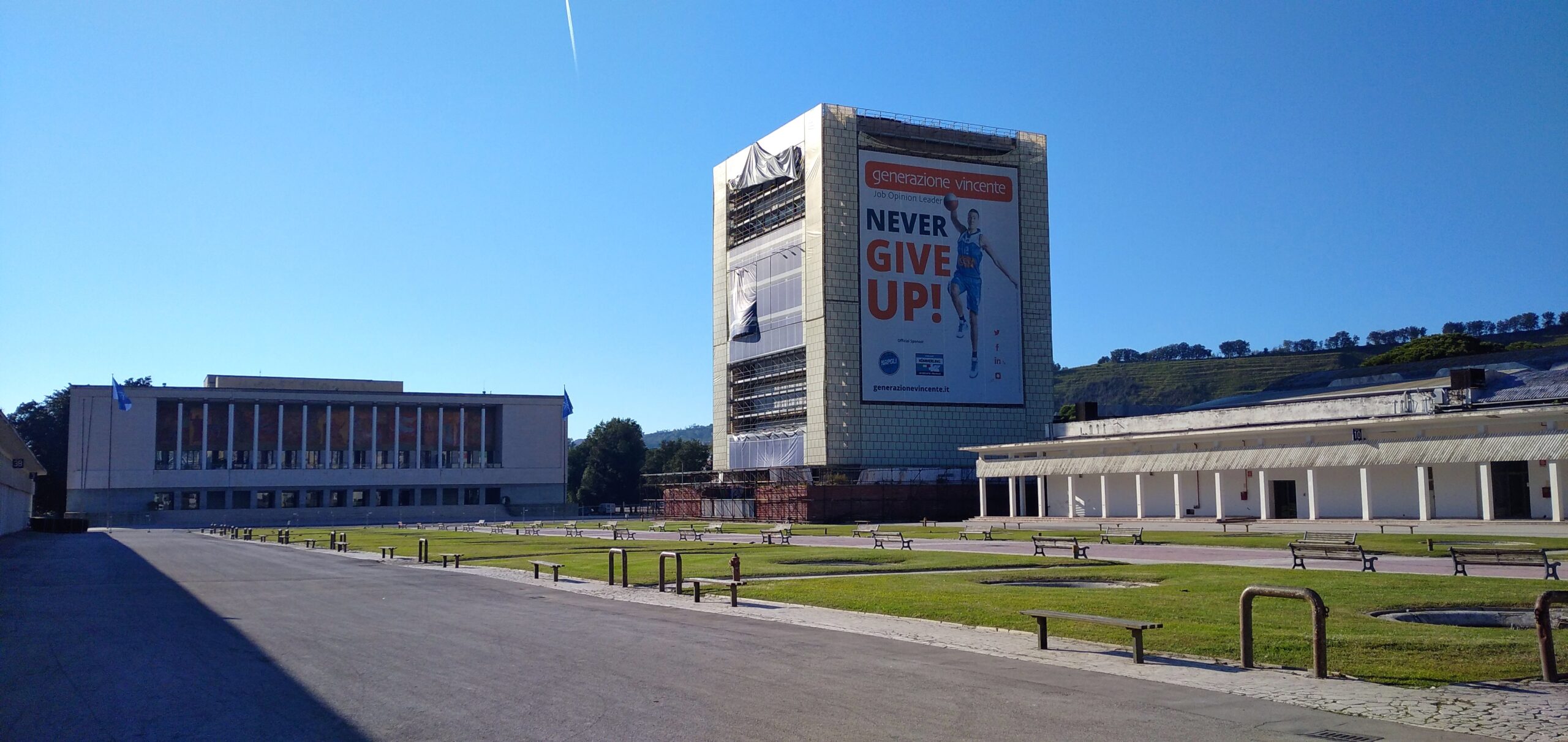The Fuorigrotta district is located in the north-western part of the city of Naples, famous above all because it houses the San Paolo stadium, who recently took the name of the great Argentine footballer Diego Armando Maradona.
But Fuorigrotta is much more, there are historical places and it was the site of a series of modern buildings due to the economic boom.
The history of the Fuorigrotta district
Fuorigrotta has its own history that goes from Roman times to the present day. In fact, the neighborhood is connected with the historic center of Naples thanks to the Crypta Neapolitana, a seven hundred meters long and very narrow tunnel dug around the first century BC which was for many years the exclusive communication route between the Phlegraean area and Puteoli, the current Pozzuoli, and Neapolis.
The recent history of the district sees many years, starting from the end of the nineteenth century, of massive urbanization which extended until the mid-twentieth century, passing through the fascist period.
Until that period, in fact, Fuorigrotta was only an agricultural area but, as mentioned, from the end of the nineteenth century the city saw the construction of the Quattro Giornate Gallery, the Cumana Railway and the Lazio Gallery.
A notable turning point came with the creation of the main avenue which took the name of the Roman emperor Augustus. Also, it was seen the construction of the Mostra Oltremare as well, which still plays an important role in the fair, recreational and commercial area of the Neapolitan city.
In addition to the Viale Augusto, this district is characterized by streets that bear the name of important Roman men such as Caio Duilio or Giulio Cesare and many others.
Main monuments of Fuorigrotta
Fuorigrotta is a district quite rich in important monuments, both ancient and modern.
The Roman Baths in Via Terracina
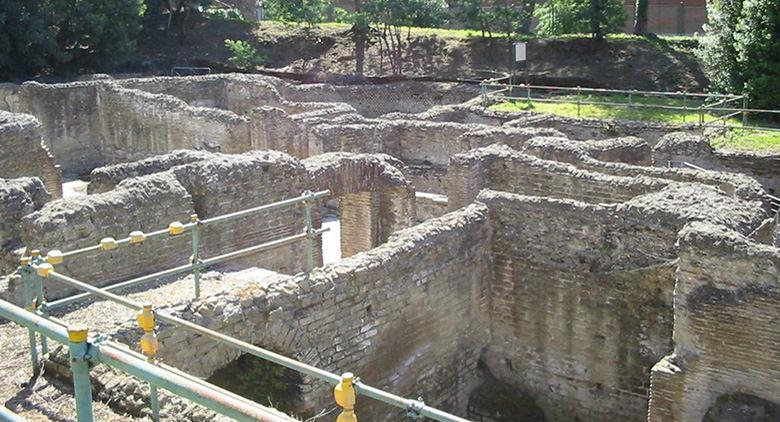
One of the most unexpected is the Roman bath complex in Via Terracina. This splendid archaeological find was unearthed in 1939 during the construction of the Mostra d'Oltremare exhibition complex, and was located at the crossroads between the main road Neapolis and Puteoli and a secondary road.
The building consists of several levels and it was fed by the Serino aqueduct. The structure is mainly composed of partition walls in opus vittata and brick and its main nucleus would have been built around the first part of the second century after Christ, although over time it underwent several changes and reorganization of the spaces. The parts built during this phase of changes are the entrance corridor and some identifiable environments such as tabernae and latrines. Unfortunately, the decoration of the mosaic floor is poorly preserved. The baths consisted of a dressing room (apodyterion), apsidal calidarium with tub, frigidarium for cold baths and other service rooms.
Before we said that the spa complex was found during the construction of the exhibition center, but let's go into the latter.
Phone: +393357272005
Location: Google Maps
The Mostra d'Oltremare
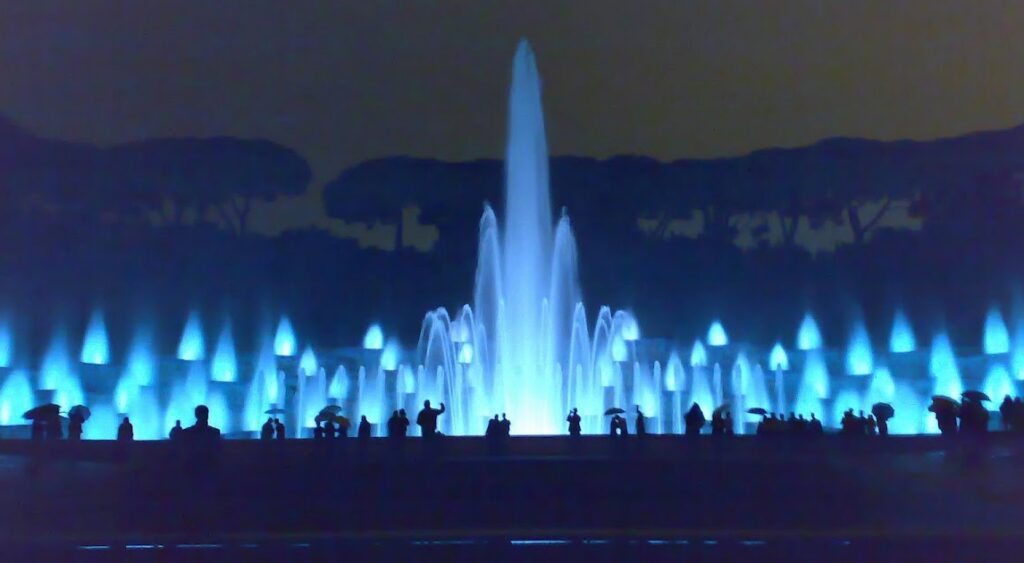
The Mostra d'Oltremare was born as a real thematic universal exhibition and was built in the same period in which the park of theUniversal Exposition of Rome, better known as EUR, the whole to celebrate the conquest of the colonies in Africa of fascist Italy. Inside you can admire fantastic architectures such as the golden cube or the Mediterranean theater, but also the fountain of the Esedra.
The pole of the Mostra d'Oltremare also hosts theFlegrea area, venue for concerts and various shows, but also for cultural events.
Phone🇧🇷390817258000
Location: Google Maps
The Vesuvian Observatory of Fuorigrotta
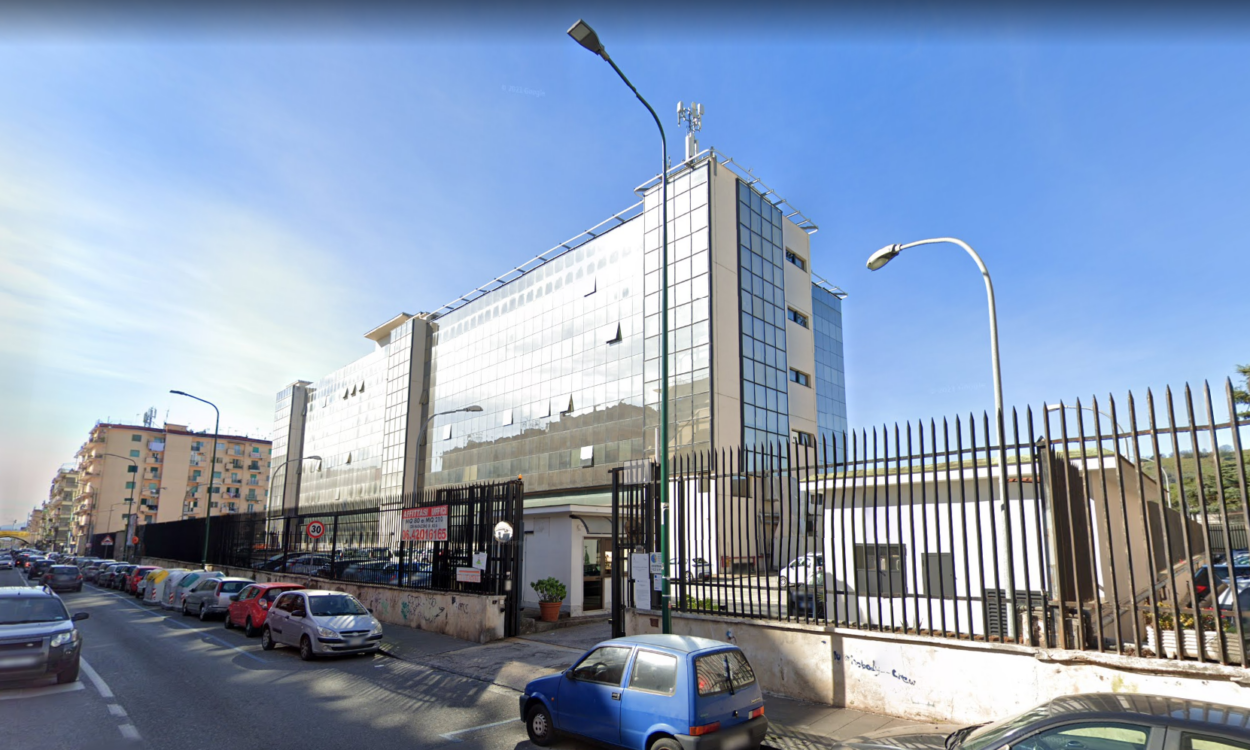
The Fuorigrotta district is also home to laboratories and the Surveillance Center of the Vesuvian Observatory, that is the oldest volcanological observatory in the world, founded to monitor the activity of Vesuvius by the king of the Kingdom of the Two Sicilies Federico Secondo di Borbone in the middle of 'Nineteenth century.
The seat of the Observatory in question is precisely the surveillance site, where the data is collected and analyzed.
Location: Google Maps
The Church of San Vitale
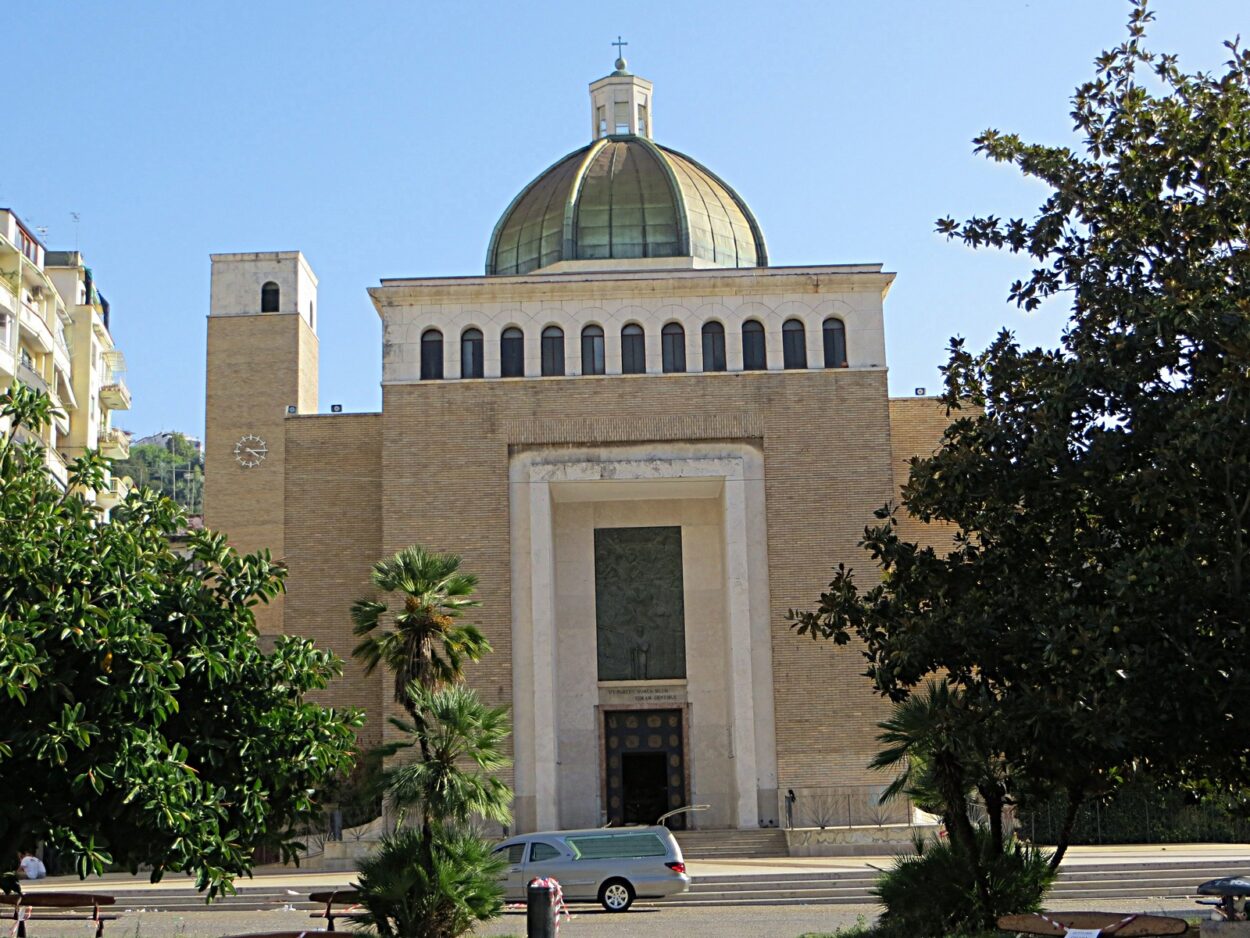
Another monument of particular interest in the neighborhood is the church of San Vitale, built in 1952 from the ashes of the old building demolished about ten years later, that is an ancient place of worship that bore the name of San Vitale, built over a thousand years ago. The first testimony of the church dedicated to the Bolognese saint, who died after a martyrdom, is from the end of the First Millennium, around 985 AD The cult arrived in Naples when the Neapolitan city became a duchy under the dependencies of the Byzantine empire, dependent on , then from Ravenna.
Heirs of the ancient splendor of this place of worship are two large paintings by Luca Giordano: the triumph of Judith and the triumph of David. The famous poet Giacomo Leopardi was temporarily buried inside the church, whose mortal remains are now placed in Piedigrotta, near the tomb of the ancient poet Virgil.
Phone: +390812396612
Location: Google Maps
The Fuorigrotta of fun
Fuorigrotta, thanks to its attractions, is considered the recreational and educational district of the city. Two large parks are located within the streets of the neighborhood: Edenlandia, for the entertainment of adults and children, and the Naples Zoo.
The Naples Zoo
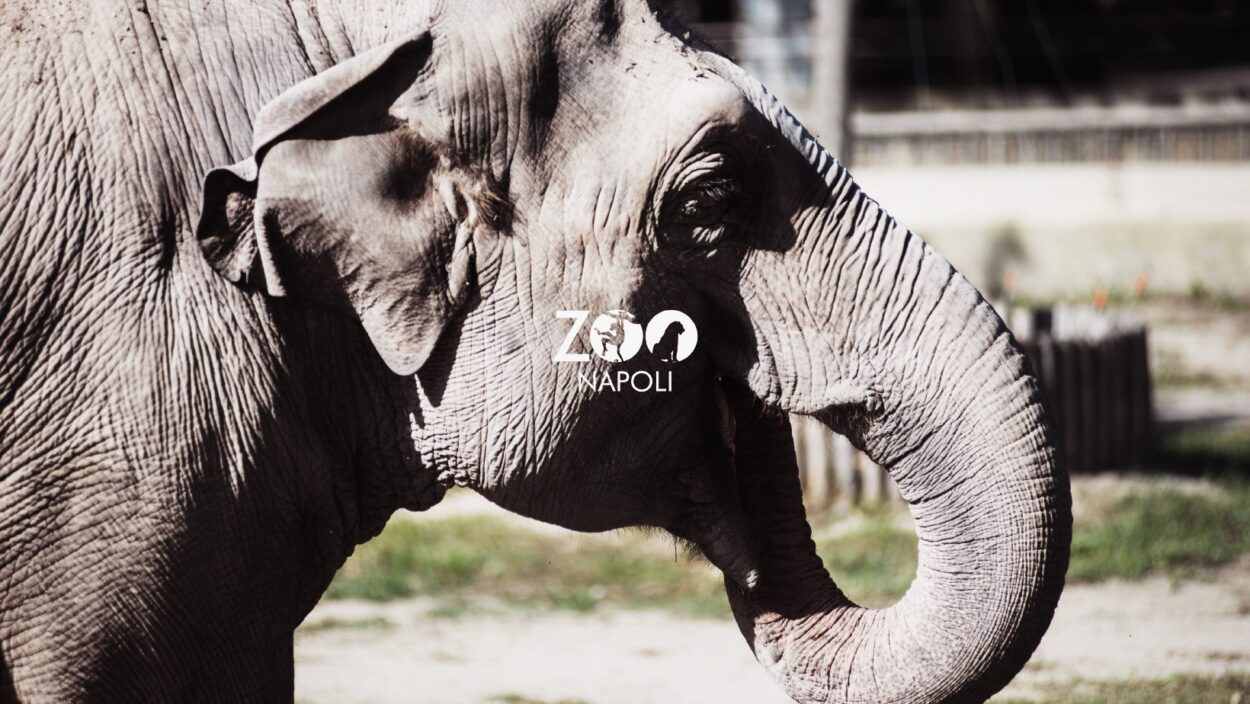
The latter is much more than a zoo, thanks to the available routes it is possible to embark on a journey between animals and plants, an educational space that involves children but also the older ones in respecting the fantastic animal world. Furthermore, the Zoo has been collaborating for years with research centers and the university for the management of the animals present in the structures.
The history of the Zoological Park of Naples was born simultaneously with the Mostra d'Oltremare. The zoo, in fact, would have served to house the characteristic animals of the areas conquered by the Italian Empire in Africa but, due to the Second World War, the structure was only active since 1949. It was the architect Piccinato who was in charge of the project. , making it right next to Edenlandia, which we will deal with later.
Today the Naples zoo it is 72000 square meters large and inside there are numerous educational areas for children and areas for veterinarians. In fact, there are research activities dedicated to conservation of endangered species and for the study of the living and eating habits of the animals present. In the zoo area there are more than four hundred animals among reptiles, birds and mammals from all over the world. In addition to this, there are also more than two hundred plant species that have the purpose of research and, more importantly, to bring children closer to the splendid world of nature.
Raising awareness of the population is one of the main purposes of the structure. Precisely for this reason they are present the educational farm, where you can come into close contact with the animals usually present on a farm, in fact, then geese, goats, rabbits and many others, and the vegetable garden in the city, a place where the little ones can try their hand at the cultivation and sowing of plant species.
Phone: +3908119363154
Location: Google Maps
The Edenlandia amusement park
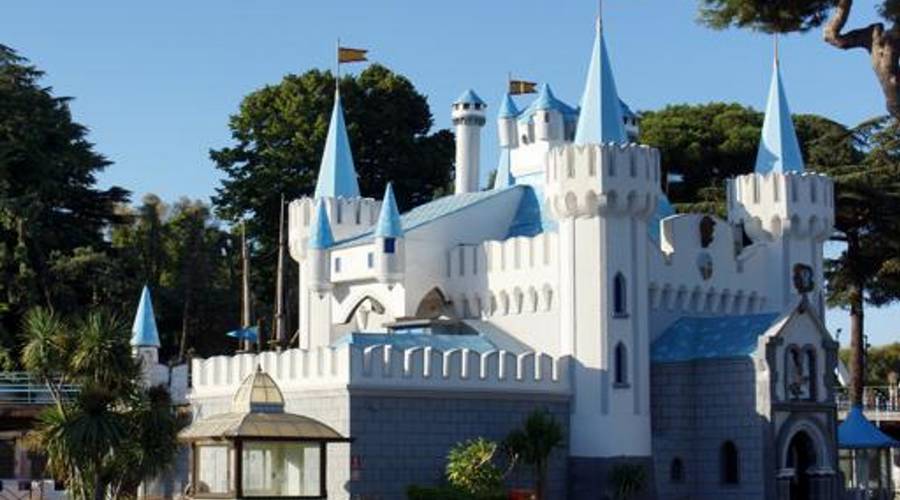
Edenlandia is an amusement park born in the 1965 from an idea of Luigi Falchero and from the projects of Cesare Rosa. The structure is inspired by the more famous Disneyland and, in fact, there is Lord Sheidon's Castle, similar to Disney's Gothic-style castle, and the Edenland logo, also quite similar in structure to the symbol of the famous American house.
The Neapolitan park reaches its greatest success in the seventies, when it becomes an attraction known throughout Europe and in the world. After years of success the structure has been closed for bankruptcy in 2012 but after a few years it reopened its doors and is now more alive than ever.
Among the beautiful novelties of the new park you will find the ice castle, similar to that of the animated film Frozen, a four meter high tower to climb. But there are also many other innovative rides and an electric go-kart. There are also many entertainment shows inside the PalaEden Theater, with more than six hundred seats available.
In addition to the new features, there are also traditional merry-go-rounds, such as Lord Sheidon's castle, the symbol of the park, which has been completely renovated. But among the old attractions, the enchanted train that accompanies children and adults within the magical world of Edenlandia. But also the mysterious galleon or the pirate ship, in addition to the waterfall of trunks, the Ferris wheel, the far west and the Dumbo carousel.
Phone: +390815939106
Location: Google Maps
Diego Armando Maradona stadium
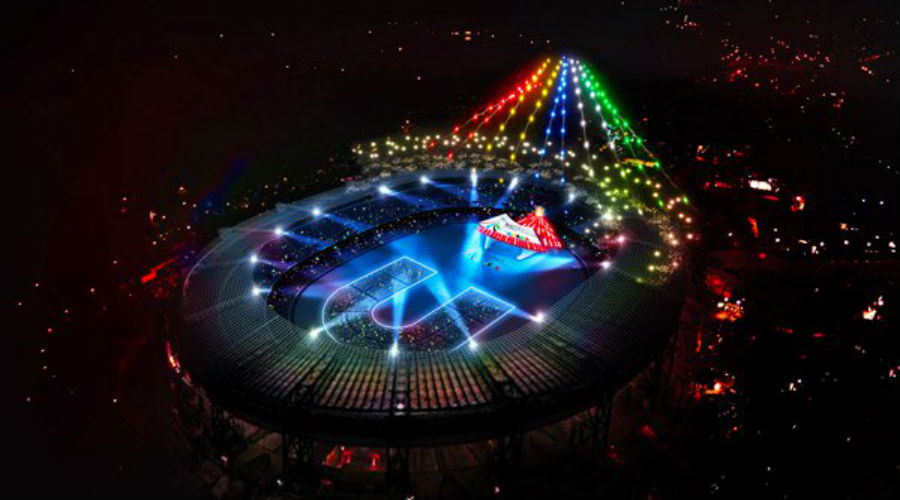
Originally called the Stadio del Sole, the Fuorigrotta stadium was renamed San Paolo only in 1963, four years after its completion. In 2020 the stadium was named after the unforgettable Argentine champion Diego Armando Maradona, who died on November 25, who won two league titles with Napoli and is considered by many to be the best footballer of all time.
The stadium was built from 1952 to 1959 from a project by Carlo Cocchia in a brutalist style, at the time one of the most popular and most capacious stadiums in Italy. After the refurbishment for the Italian World Cup in 1990, the stadium went from a capacity of 85000 seats to 72800. In 2006, the unusability of the upper ring led to a further reduction in seats, hosting just over 60000 spectators, to move on to today about 54700 after the restyling for the Universiade.
Phone: +390815095344
Location: Google Maps
How to get to Fuorigrotta
The Fuorigrotta district is not very far from the historic center of Naples, and at the same time it can be easily reached by various means of transport: subway, train or bus.
By subway
Let's start with the first type of vehicle, the subway. The district is served by six stops, three for line 2 and three for line 6. The first connects Gianturco to Pozzuoli and allows you to reach Fuorigrotta through the Leopardi, Campi Flegrei and Cavalleggeri d'Aosta stops.
We remind you that Line 2 travels on the tracks of Ferrovie dello Stato, therefore it is very well traveled as regional trains also pass through it.
Line 6 is very recent, built only in 2007, and connects Fuorigrotta to Mergellina. The neighborhood is served by the Mostra, Augusto and Lala stops.
An extension of the line is planned so that the area of Montesant'angelo (the upper area of Fuorigrotta) can also be reached easily.
In Cumana
But the subway is not the only one serving the district, there is also the Cumana railway line that connects the Montesano district, in the center of Naples, to Torregaveta. There are three stops that serve the Fuorigrotta district: Mostra, Zoo-Edenlandia and Fuorigrotta.
Bus
There is the possibility of reaching Fuorigrotta with some bus lines. Most of these arrive at the square in front of the Campi Flegrei station, precisely in Piazzale Tecchio.
For example, from Vomero it is possible to take line 180 or 181.
It is obvious that, in most cases, getting to the subway is the quickest solution.
Baku main photo for Wikipedia

